Reducing your carbon footprint doesn’t have to be complicated or expensive. In fact, small changes in daily habits can make a big difference for both the environment and your wallet. From cutting energy use at home to choosing more eco-friendly transportation options, there are plenty of simple steps anyone can take. Each of these changes is easy to implement and can lead to long-term savings. Let’s explore the practical ways you can start making a positive impact today.
Switch to LED Lighting

Replacing incandescent bulbs with energy-efficient LED lights can cut your energy use by up to 75%. LEDs last much longer, so you’ll save on replacement costs over time. The average household can reduce its carbon footprint by around 0.2 tons annually, just by making this switch. While the upfront cost of LED bulbs is higher, you’ll save an estimated $50–$150 per year on electricity. It’s a quick, easy change that pays off in the long run.
Unplug Devices When Not in Use

Even when turned off, many devices continue to draw power, a phenomenon known as “phantom load.” Unplugging them when they’re not in use can lower energy consumption by 5%–10%, depending on the size of your home. This small habit can save around 0.1 tons of CO2 emissions annually. On average, you could save $100–$200 per year on your electricity bill just by unplugging unused devices. Using power strips can make this even easier to manage.
Use a Programmable Thermostat

Setting a programmable thermostat to automatically lower the temperature while you’re away or sleeping can reduce energy use by up to 10%. This simple change can reduce your carbon footprint by 1–2 tons per year, depending on the climate and energy source. It also saves an average of $150–$200 annually on heating and cooling costs. The initial investment in a programmable thermostat is quickly offset by these savings. Plus, it’s an effortless way to keep your home comfortable.
Wash Clothes in Cold Water

Using cold water for laundry instead of hot can reduce energy use by 90%, as heating water takes a lot of energy. This small switch can cut your carbon footprint by around 0.5 tons annually. You’ll also save an average of $60–$100 per year on energy bills by not using the hot water setting. Cold water is often gentler on clothes, which helps them last longer. It’s a win for both your wallet and the planet.
Install Low-Flow Showerheads
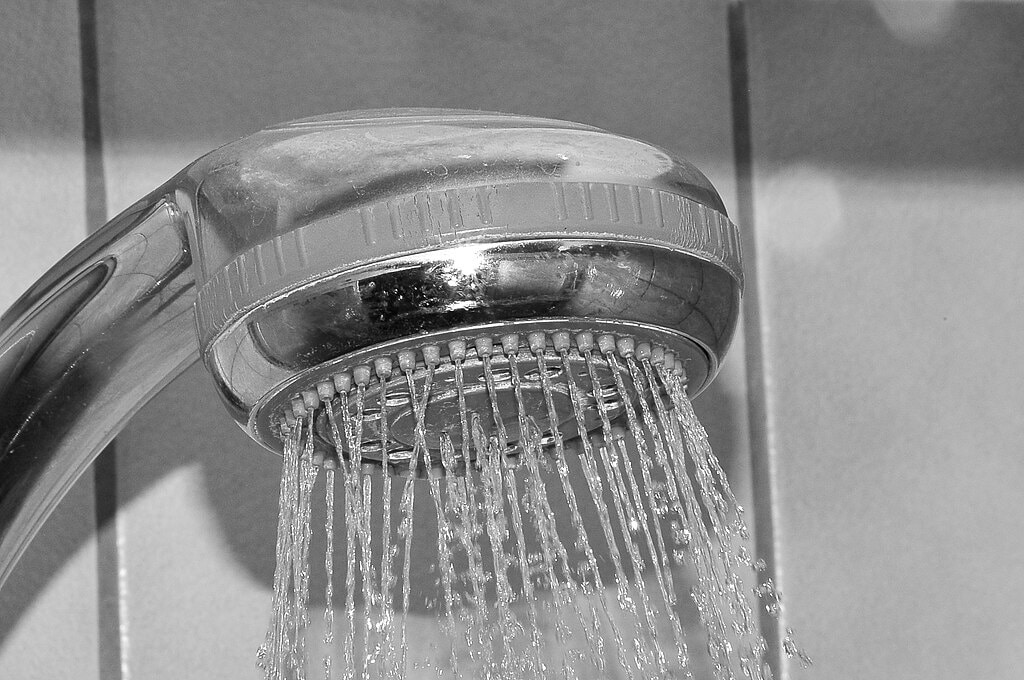
Low-flow showerheads reduce water use without sacrificing water pressure. You can cut your water usage by up to 50%, which also reduces the energy needed to heat the water. This step can save around 0.4 tons of carbon emissions annually. On average, households can save $75–$100 per year on water and energy bills. It’s a simple upgrade that can be installed in just a few minutes.
Carpool or Use Public Transportation

Carpooling or opting for public transit reduces the number of vehicles on the road, which helps cut down on emissions. You can reduce your transportation-related carbon footprint by up to 50% when you share rides or take the bus. Depending on your commuting distance, you could save hundreds of dollars annually on fuel and maintenance. This is especially effective for daily commutes or trips to high-traffic areas. Fewer cars also mean less traffic congestion and cleaner air.
Use Reusable Bags
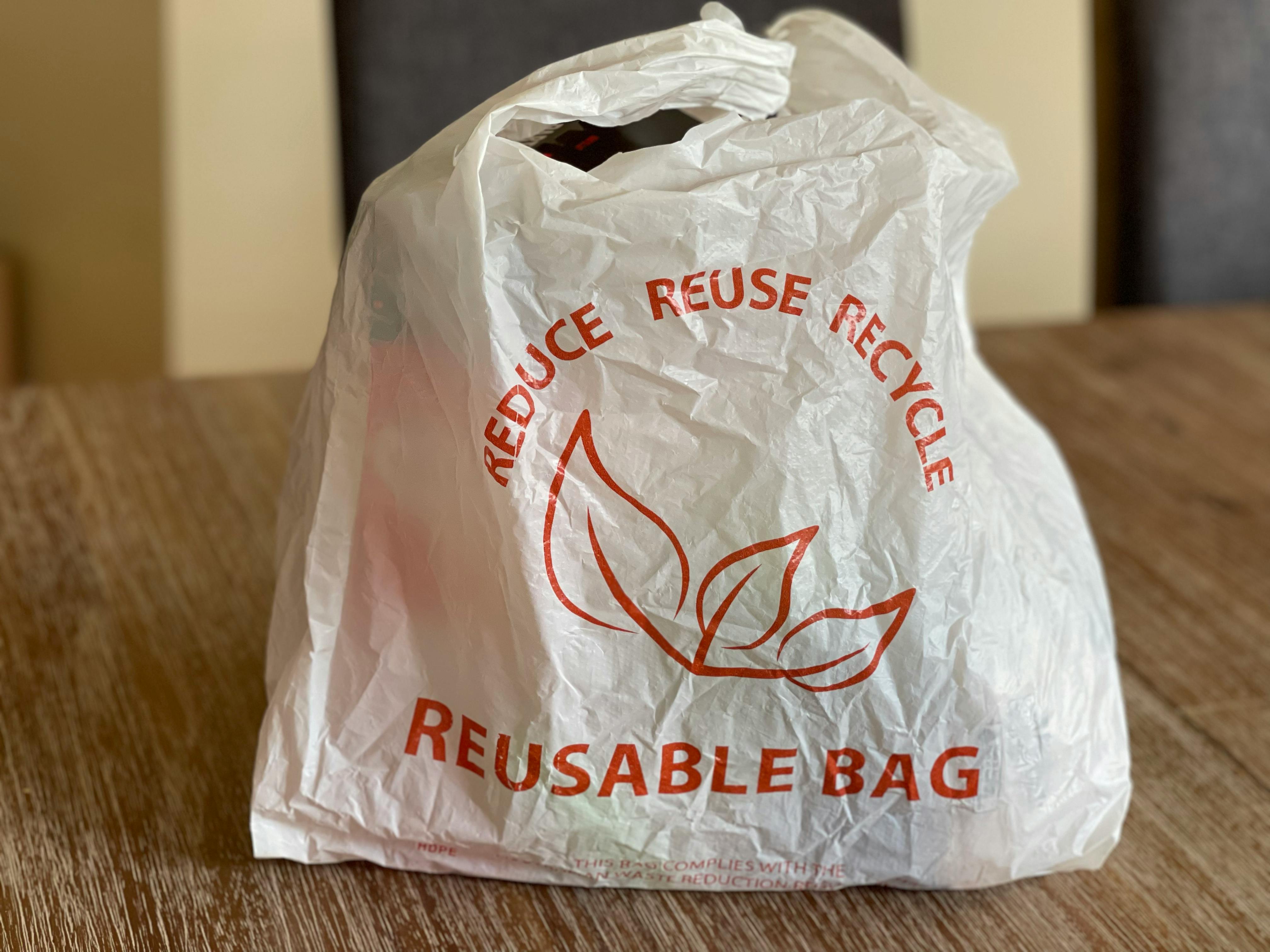
Switching to reusable bags for groceries and shopping reduces the need for single-use plastic bags, which contribute to pollution. While the direct carbon savings from this step are small (around 0.1 tons annually), the cumulative impact is significant when more people adopt this habit. Over time, you’ll save money by not needing to buy disposable bags. Many stores offer incentives for using your own bags, giving small discounts that add up. It’s an easy habit to adopt and encourage others to follow.
Eat Less Meat

Reducing your meat consumption, particularly red meat, significantly lowers your carbon footprint. The livestock industry is a major source of methane, a potent greenhouse gas. By cutting back on meat, you can reduce your carbon footprint by up to 1.5 tons per year. It also helps save money—on average, households spend $500 less per year when switching to a more plant-based diet. Even small changes, like meatless Mondays, can make a big difference.
Compost Organic Waste
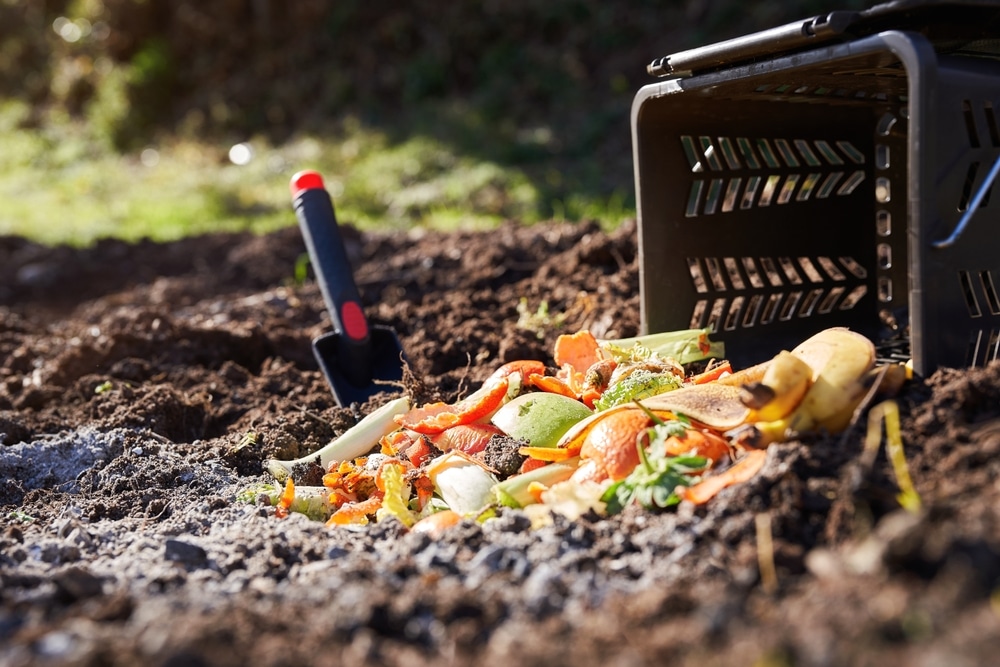
Instead of sending food scraps to the landfill, where they emit methane as they break down, compost them at home. Composting can reduce your household carbon footprint by up to 0.3 tons per year. It also saves money by reducing the amount of waste you send to the curb, potentially lowering garbage collection fees. Additionally, compost can be used in your garden, cutting down on the need for chemical fertilizers. It’s a sustainable way to deal with waste and nurture your plants.
Install Solar Panels

Installing solar panels on your home can drastically reduce your reliance on fossil fuels. Depending on your location, solar energy can reduce your household carbon footprint by 3–5 tons per year. Though the initial cost is high, the long-term savings are substantial—many households save $600–$1,200 per year on energy bills. Plus, there are often tax incentives and rebates available to help with the cost. Over time, solar panels can even pay for themselves.
Use Energy-Efficient Appliances

Upgrading to Energy Star-certified appliances can cut your energy use by 10%–50%, depending on the device. This switch can reduce your carbon footprint by around 1 ton per year, depending on the appliances you replace. Although new appliances can be pricey, the energy savings typically recoup the investment within a few years. On average, households save $300–$400 per year on utility bills after upgrading. It’s a long-term investment in both savings and sustainability.
Drive Less

Reducing how often you drive can have a huge impact on your carbon footprint. If you cut your driving by 10%, you’ll reduce your CO2 emissions by about 0.5 tons annually. Walking or biking for short trips is not only better for the environment but also great for your health. You’ll also save money on gas, parking, and car maintenance, which can add up to several hundred dollars a year. It’s one of the easiest ways to make a significant impact.
Use a Rain Barrel
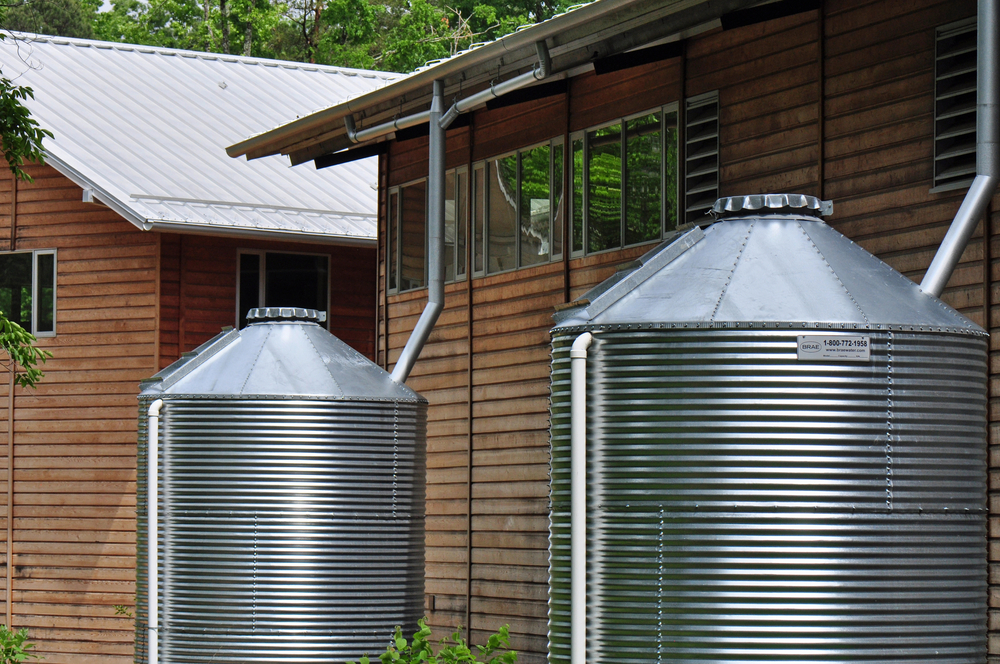
Collecting rainwater for use in your garden or outdoor cleaning tasks reduces your reliance on tap water. This can save up to 1,000 gallons of water annually, depending on your region’s rainfall. The carbon savings come from reducing the energy required to treat and pump municipal water. While the savings on your water bill might only be $20–$50 per year, the environmental impact is valuable. Plus, it helps conserve an important natural resource.
Seal Air Leaks
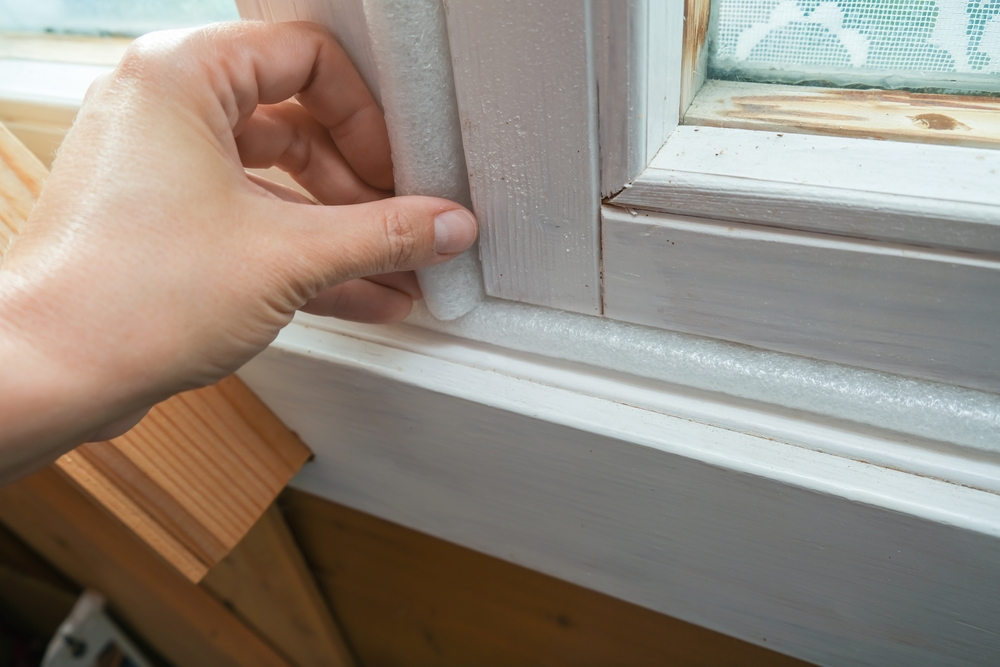
Air leaks around windows, doors, and other openings in your home can waste energy by allowing heat or cool air to escape. Sealing these leaks can reduce your home’s energy use by up to 15%. This simple step can lower your carbon footprint by 1–2 tons annually and save $100–$300 per year on energy bills. Weatherstripping and caulking are inexpensive solutions that can make a noticeable difference. It’s a quick DIY project with long-lasting benefits.
Reduce Water Heater Temperature
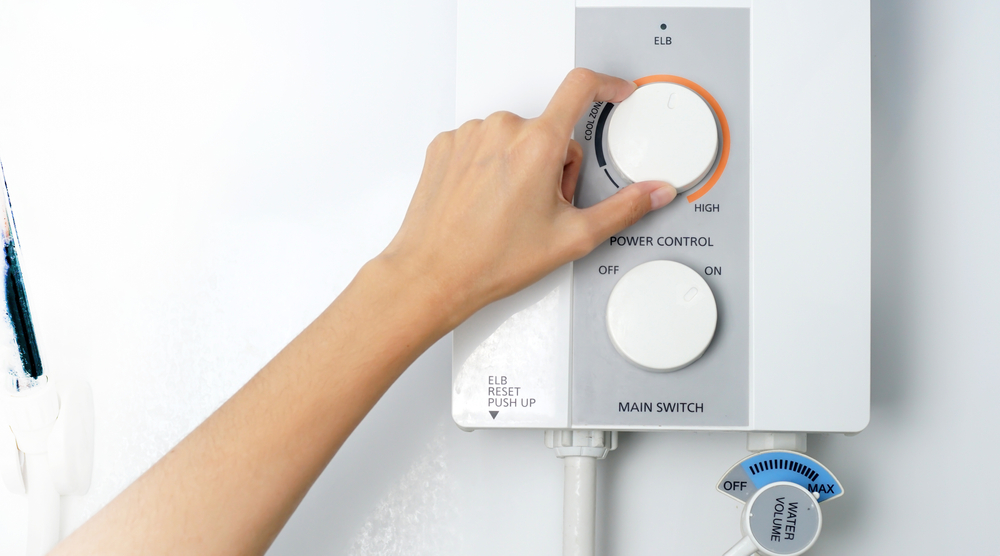
Lowering your water heater’s temperature from the default 140°F to 120°F can reduce its energy use by 10%–15%. This change can cut your household’s carbon footprint by around 0.5 tons per year. It also saves you about $50–$75 annually on your energy bill. Most people won’t even notice the difference in water temperature, making this an easy and effective way to save. Plus, it helps extend the life of your water heater.
Buy Secondhand or Recycled Products

Choosing secondhand or recycled products reduces the demand for new manufacturing, which is often energy-intensive. Buying used instead of new can reduce your carbon footprint by up to 0.2 tons annually, depending on how often you shop. You’ll also save money—thrift stores, consignment shops, and online marketplaces offer significant discounts on quality items. This habit is especially useful for clothing, furniture, and electronics. It’s a win-win for your budget and the environment.
Use Cloth Instead of Paper Towels
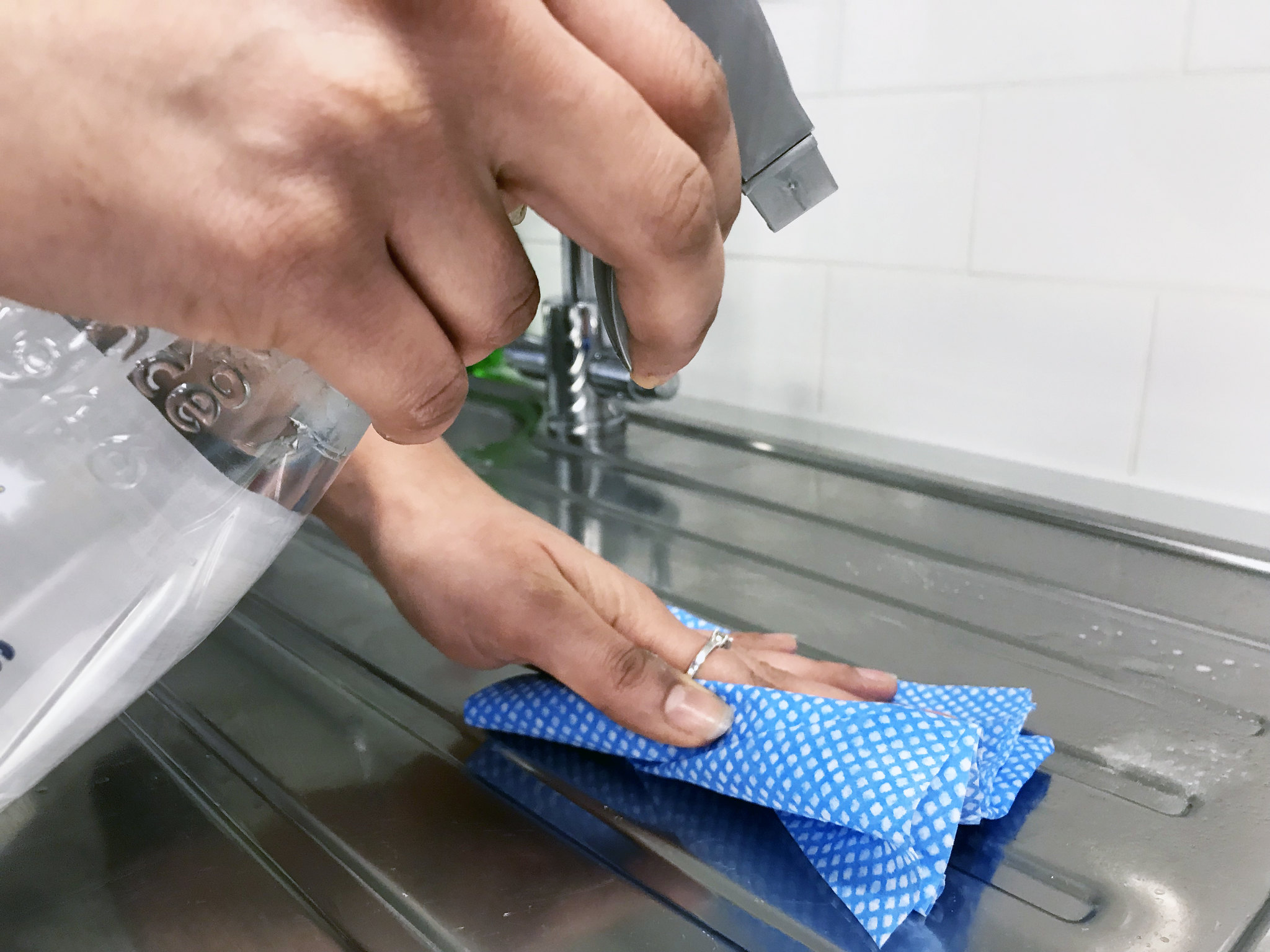
Switching to reusable cloths instead of disposable paper towels reduces waste and energy consumption in production. On average, this can reduce your carbon footprint by 0.1 tons per year. You’ll also save money over time, as you won’t need to buy paper towels regularly. While the initial cost of cloth towels is higher, they last much longer. It’s a small but impactful change that reduces waste and saves resources.
Plant Native Trees or Shrubs
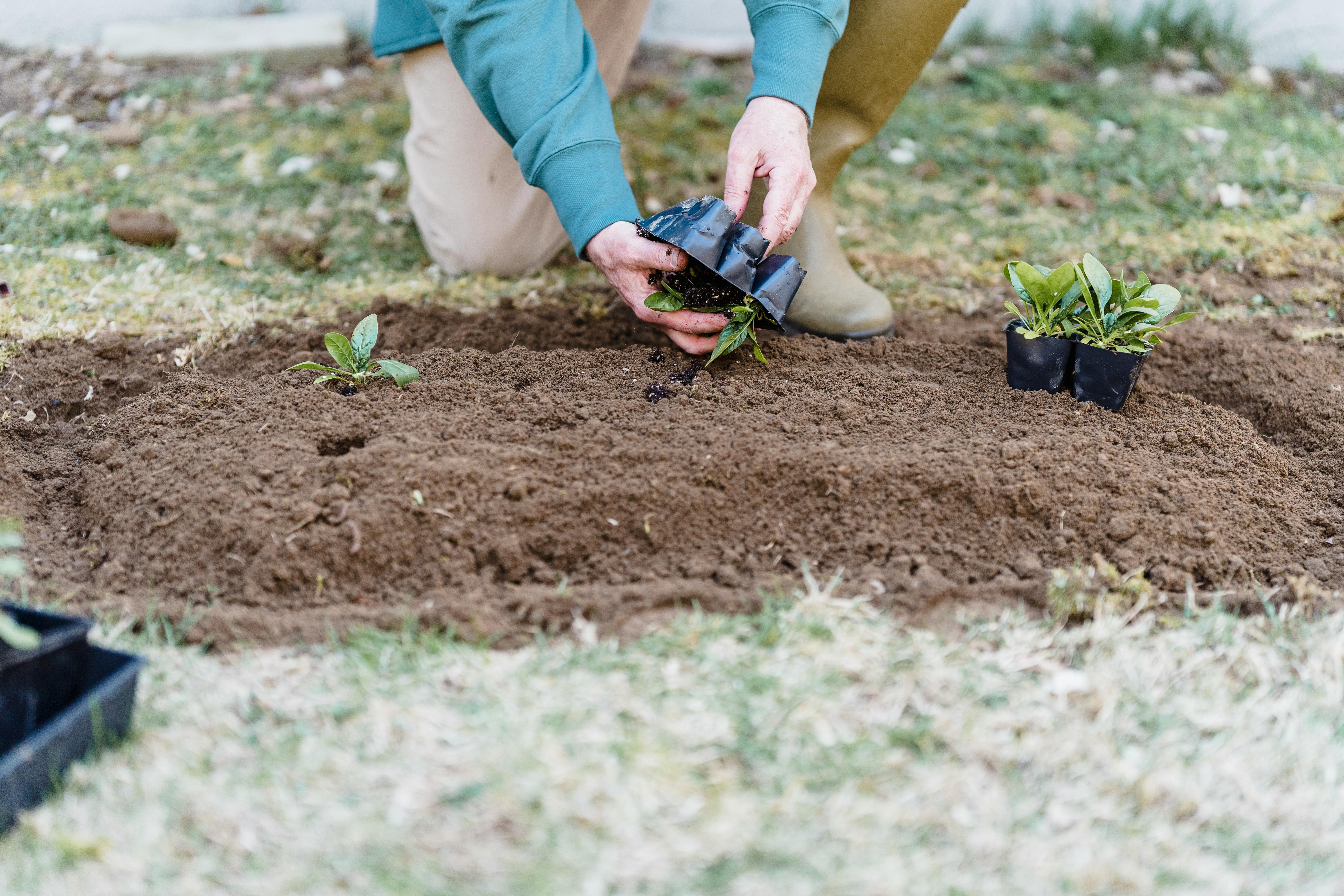
Planting native trees or shrubs around your home can absorb carbon dioxide, reduce energy use, and create natural shade. On average, trees can absorb up to 0.2 tons of CO2 annually. They also help lower your energy costs by shading your home in summer and blocking wind in winter, saving around $50–$100 per year. This simple act has long-term environmental benefits and enhances your property’s value. It’s a sustainable way to contribute to carbon reduction.
Buy Energy-Efficient Windows

Energy-efficient windows can reduce your heating and cooling costs by 10%–25%. This upgrade can lower your carbon footprint by 1–2 tons annually, depending on the size of your home and climate. While the upfront cost can be high, the long-term savings on energy bills make it worthwhile, averaging $100–$300 per year. There are also rebates and incentives available in many areas. It’s a solid investment in both comfort and sustainability.
This article originally appeared on UnifyCosmos.
More from UnifyCosmos
22 Fitness Shortcuts That Sabotage Your Results

When it comes to fitness, shortcuts may seem like an easy way to get results faster, but they often end up doing more harm than good. Relying on quick fixes can stall progress, cause injuries, and undermine your long-term goals. Read More
20 Premier Yacht Clubs with the Highest Entry Costs

Joining an exclusive yacht club often comes with steep entry fees, but the benefits are just as luxurious. These premier clubs offer not only world-class amenities but also access to a prestigious network of fellow members. Read More
23 Investment Strategies for People Over 50 to Maximize Returns

As you approach or enter retirement, making the most of your investments becomes even more important. For those over 50, it’s essential to focus on strategies that balance growth and security to ensure a comfortable financial future. Read More
Leave a Reply